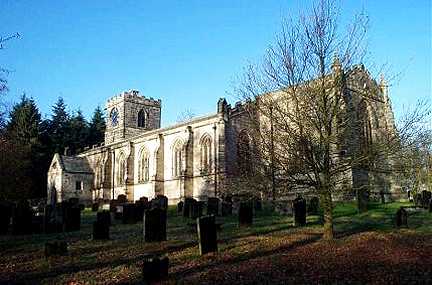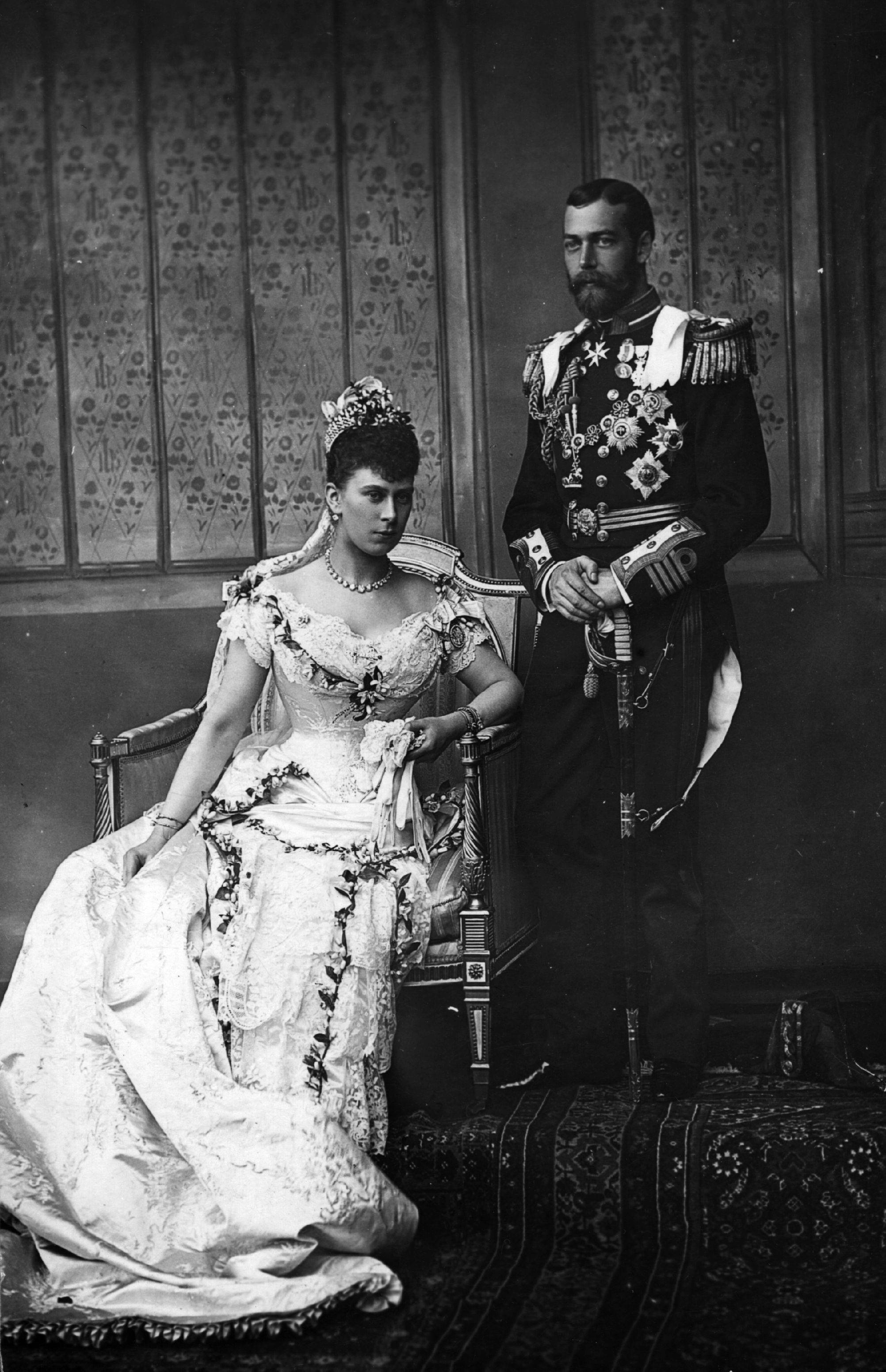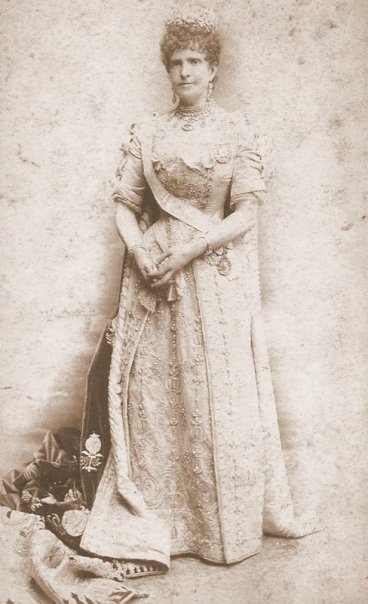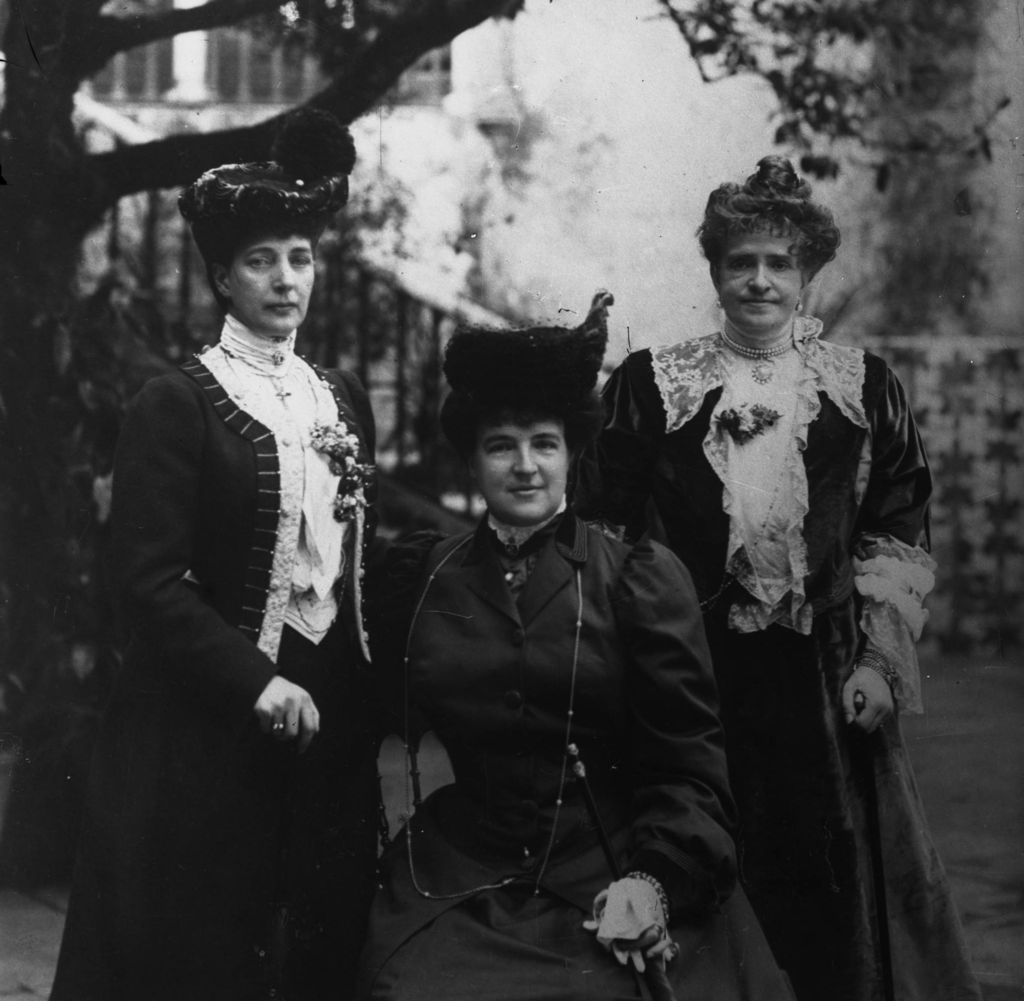by Susan Flantzer
© Unofficial Royalty 2013
There was confusion in the media about the title of the Duke and Duchess of Cambridge’s, (now The Prince and Princess of Wales) first child in the weeks before the birth. The royal use of Cambridge is not recent, but rather started in 1362 and there have been a total of 14 royals whose peerage was “of Cambridge.” However, the usage of the royal father’s peerage in the title of his children is a fairly recent occurrence.
Before 1714 (when the House of Hanover inherited the British throne after the death of Queen Anne), the style of His/Her Royal Highness and the title of prince/princess was not customary. Sons and daughters of the monarch were not automatically or traditionally called a prince or princess. It was a common practice to style children of monarchs after the place they were born. For instance, John of Gaunt, son of King Edward III, was born in Gaunt, today known as Ghent, Belgium. Joan of the Tower, daughter of King Edward II, was born at the Tower of London. Most sons received peerage titles. Sometimes “Lady” was used for daughters.
An exception was the Prince of Wales, a title conferred on the heir apparent, usually but not always the eldest son of the monarch, since 1301. The wife of the Prince of Wales was styled Princess of Wales.
Another exception was the use of Princess Royal. Henrietta Maria, the youngest daughter of King Henri IV of France and the wife of King Charles I of England, Scotland, and Ireland wanted to institute a title similar to Madame Royale, the title given to the eldest daughter of the King of France. Her eldest daughter Mary (born in 1631) was the first Princess Royal.
Therefore, the first children of a father having “of Cambridge” in his peerage to be styled using “Prince/Princess <name> of Cambridge” were the three children of Prince Adolphus, Duke of Cambridge, a son of King George III.
The very first time Cambridge was used for a peerage was in 1340 when William V, Duke of Jülich was created Earl of Cambridge. William of Jülich was not a British royal but was married to a sister of Queen Philippa, the wife of King Edward III. The fourth creation of the Earl of Cambridge was for a Scots noble. James Hamilton, 2nd Marquess of Hamilton and 4th Earl of Arran was created Earl of Cambridge in 1619. His son and grandson inherited the title which then became extinct in 1651.
In 1917, when King George V had his relatives relinquish their German titles, a grandson of Prince Adolphus, Duke of Cambridge, born Prince Adolphus of Teck, relinquished the title he inherited from his father, Duke of Teck, for the title of Marquess of Cambridge. In addition, his family name changed to Cambridge. The son of the Marquess of Cambridge, George Cambridge, inherited the title when his father died. However, George Cambridge, Marquess of Cambridge only had one daughter and so the title of Marquess of Cambridge became extinct in 1981.
Royal Holders of Earl of Cambridge or Duke of Cambridge

Edmund of Langley, Duke of York, Earl of Cambridge, Credit – Wikipedia
Edmund of Langley, Duke of York, Earl of Cambridge (1341–1402): Fifth son of Edward III, created Earl of Cambridge on November 13, 1362, created Duke of York on August 6, 1385
********************
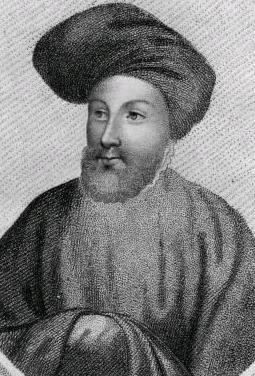
Edward of Norwich, Duke of York, Earl of Cambridge, Credit – Wikipedia
Edward of Norwich, Duke of York, Earl of Cambridge (c.1373-1415): First son of Edmund of Langley, inherited the title from father, died at the Battle of Agincourt
********************

Richard of Conisburgh, Earl of Cambridge, Credit – Wikipedia
Richard of Conisburgh, Earl of Cambridge (1373–1415): Second son of Edmund of Langley, created Earl of Cambridge in 1414, beheaded in 1415 after plotting to depose King Henry V, his title was forfeited, but not attainted (loss of title, property, and the right to pass on titles due to guilt of a capital crime such as treason)
********************

Richard Plantagenet, Duke of York, Earl of March, Earl of Cambridge, and Earl of Ulster, Credit – Wikipedia
Richard Plantagenet, Duke of York, Earl of March, Earl of Cambridge, and Earl of Ulster (1412–1460): Son of Richard of Conisburgh, Earl of Cambridge, title Earl of Cambridge restored in 1426, father of King Edward IV and King Richard III, killed at the Battle of Wakefield
********************

Edward Plantagenet, Duke of York, Earl of Cambridge (King Edward IV), Credit – Wikipedia
Edward Plantagenet, Duke of York, Earl of Cambridge (1442–1483): Eldest son of Richard Plantagenet, succeeded to his father’s titles, reigned as King Edward IV, titles merged with the crown in 1461
********************

Henry Stuart, Duke of Gloucester and Earl of Cambridge, Credit – Wikipedia
Henry Stuart, Duke of Gloucester and Earl of Cambridge (1640-1660): Youngest son of King Charles I, created Duke of Gloucester and Earl of Cambridge on May 13, 1659, died of smallpox.
********************
Charles Stuart, Duke of Cambridge (1660-1661): Eldest son of James, Duke of York (later King James II), styled Duke of Cambridge but died before the Letters Patent creating him Duke of Cambridge were passed.
********************

James Stuart, Duke and Earl of Cambridge, Credit – Wikipedia
James Stuart, Duke and Earl of Cambridge (1663-1667): Second son of James, Duke of York (later King James II), created Duke and Earl of Cambridge in 1664, probably died of smallpox.
********************
Edgar Stuart, Duke of Cambridge (1667–1671): Fourth son of James, Duke of York (later King James II), created Duke and Earl of Cambridge on October 7, 1667.
********************
Charles Stuart, Duke of Cambridge (born and died 1677): First son of James, Duke of York (later King James II) by his second wife Mary of Modena, styled Duke of Cambridge but never created.
********************

George Augustus, Electoral Prince of Brunswick and Lüneberg (King George II), Credit – Wikipedia
George Augustus, Electoral Prince of Brunswick and Lüneberg (1683-1760): Only son of King George I, created Duke and Marquess of Cambridge, Earl of Milford Haven, Viscount Northallerton and Baron of Tewkesbury on November 9, 1706 by Queen Anne before his father succeeded to the throne, reigned as King George II
********************
Prince Adolphus, Duke of Cambridge, Credit – Wikipedia
Prince Adolphus, Duke of Cambridge (1774-1850): Seventh son of King George III, created Duke of Cambridge, Earl of Tipperary, and Baron Culloden on November 17, 1801
********************

Prince George, Duke of Cambridge; Credit – Wikipedia
Prince George, Duke of Cambridge (1819-1904): Only son of Prince Adolphus, Duke of Cambridge, inherited titles from his father
********************
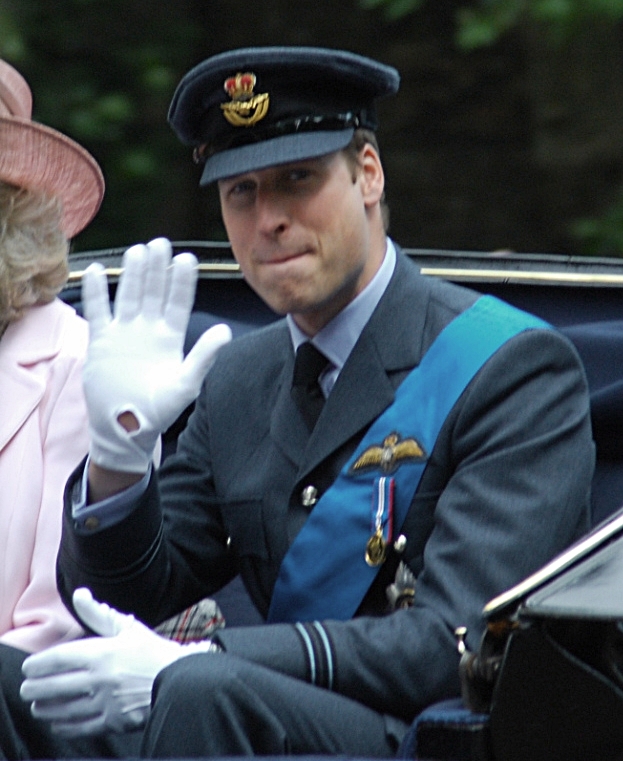
Prince William, Prince of Wales, Duke of Cambridge, Credit – Wikipedia
Prince William, Prince of Wales, Duke of Cambridge (born 1982): Created Duke of Cambridge, Earl of Strathearn, and Baron Carrickfergus on April 29, 2011, created Prince of Wales on September 9, 2022.
********************
This article is the intellectual property of Unofficial Royalty and is NOT TO BE COPIED, EDITED, OR POSTED IN ANY FORM ON ANOTHER WEBSITE under any circumstances. It is permissible to use a link that directs to Unofficial Royalty.
Works Cited
“British Prince .” Wikipedia. Web. 11 July 2013. <http://en.wikipedia.org/wiki/List_of_British_princes>.
“British Princess.” Wikipedia. Web. 11 July 2013. <http://en.wikipedia.org/wiki/British_princess>.
“Duke of Cambridge.” Wikipedia. Web. 11 July 2013. <http://en.wikipedia.org/wiki/Duke_of_Cambridge>.
“Earl of Cambridge.” Wikipedia. Web. 11 July 2013. <http://en.wikipedia.org/wiki/Earl_of_Cambridge>.
Velde, François. “Styles of the members of the British royal family: Documents .” Heraldica. Web. 11 July 2013. <http://www.heraldica.org/topics/britain/prince_highness_docs.htm>.
Williamson, David. Brewer’s British Royalty. London: Cassell, 1996. Print.


